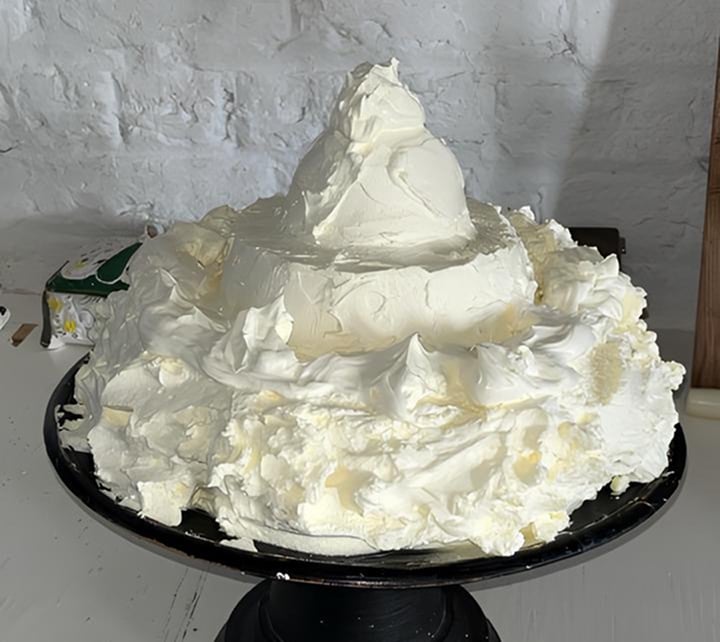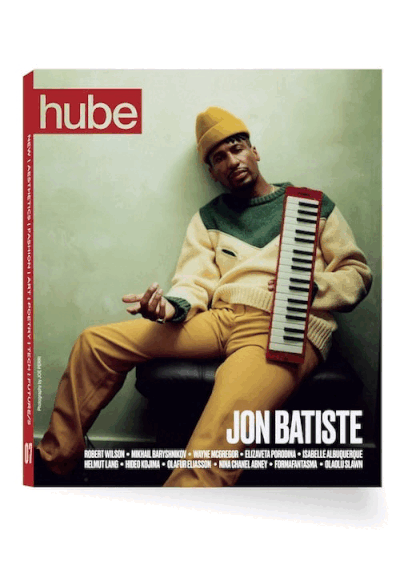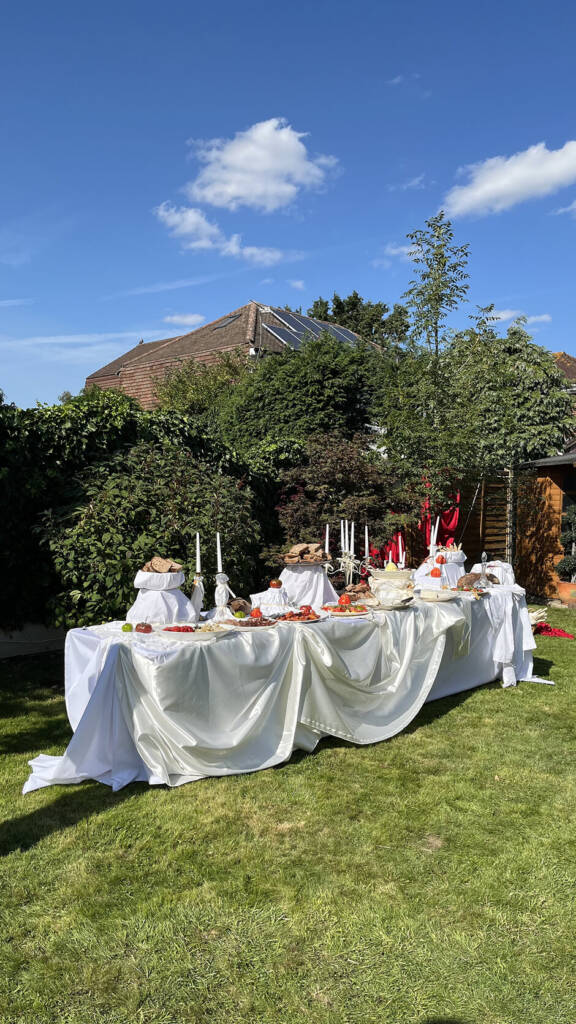

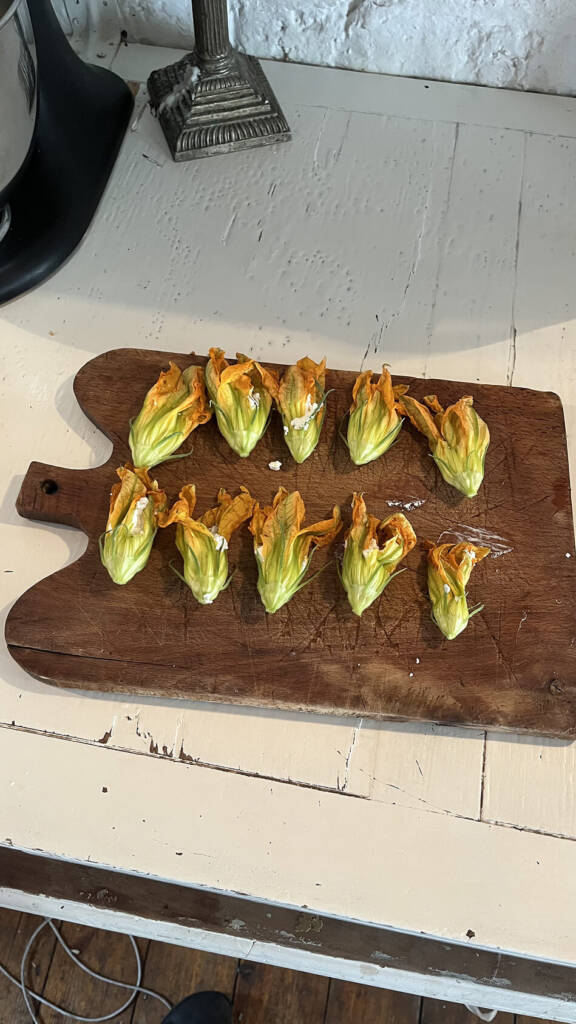
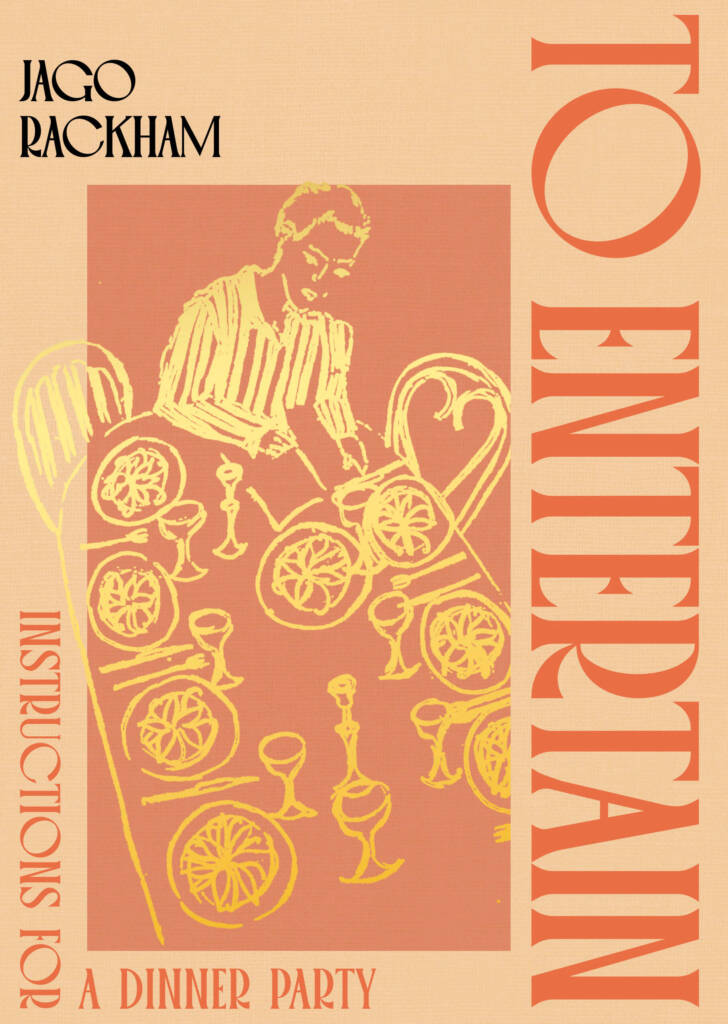
Jago Rackham talks about food like it’s a language, a way to tell stories without needing a script. From the moment he describes his practice, you can see it—this isn’t just about taste or technique. As a Stoke Newington resident, I take his recommendation seriously: the Italian deli Gallo Nero II, with its ’80s façade, is worth a visit. For Rackham, food is never just about flavor: it’s about people, memory, and the stories that unfold around the table. In this conversation with hube, he talks hosting, recipes that double as personal essays, and the cities, dishes, and moments that continue to shape the way he cooks today.
hube: You went from studying politics and working in magazines to culinary arts. What sparked that shift?
Jago Rackham: There wasn’t really a clear conception or reasoning behind it. I like cooking, I like eating, and I like eating with my friends. I have always done that since I was a teenager. I grew up in a very rural place where there wasn’t anywhere to go, so we’d be at our parents’ houses. At mine, we’d drink and stay over because you couldn’t get home, and in the morning I’d cook big breakfasts for friends. Later, after university, I worked at magazines, but it was really hard to make enough money to live. Cooking became a better way of doing that, and then I got a kind of profile through food on Instagram. That is also how I started writing about food, because I already had that profile. For me, food is a way of writing about people, society, and class. Cooking itself, though, is different. It is just something I do with my hands, which is satisfying in its own right.
h: If any word could be a food, what would you want to taste?
JR: Fluidity. Or erosion. Both suggest change, a purity in movement. I would interpret them as ice cream, something that shifts texture as you eat it.
h: You often reference painters and writers in your work. Which creatives outside of the culinary world inspire you most?
JR: My partner, Lowena. Everything passes through her. The aesthetic side of what I do owes a lot to her. Beyond that, I see myself as a cook and a writer. Obvious references exist, like Flemish painting, but truthfully food is its own thing. It is elemental, it is necessary.
h: Translating your practice into recipes for—shall we say—more novice cooks, how has that changed the way you see food and your own process? How do you take something complex and make it truly digestible?
JR: People often say my recipes are confusing. I write them the way they used to be written before the 1970s, when it was expected that the reader already knew how to cook. In my book, I have had to write in a more didactic way, but usually the recipes are more like an archaeology of what I’ve done, expressive rather than precise. I rarely measure anything, even when making something like ice cream, and I’ll often write recipes from memory. So they don’t really change how I cook.
h: Your Greed Substack spans everything from food guides to recipes. If you could write any long-form story, what would you dive into?
JR: I’d write about Rome. I’ve been going for about a decade, especially in my early twenties, and recently went back. It’s fascinating because it’s a city that has this accretion of periods layered on top of each other. But it is also a culture that feels like it is backward now, no longer the center, not like New York or even London. Everything happened there, and now very little is happening.
